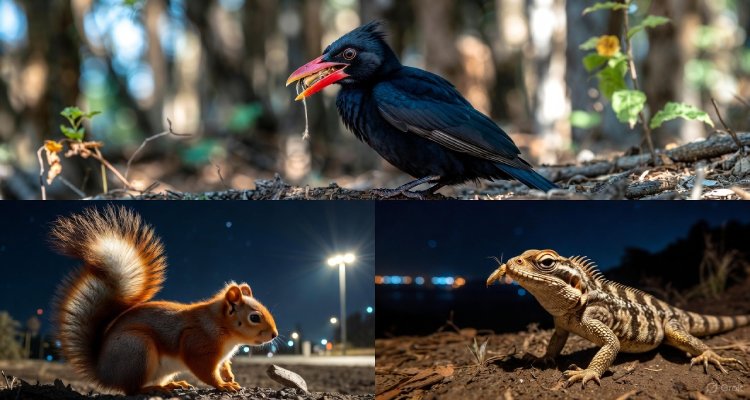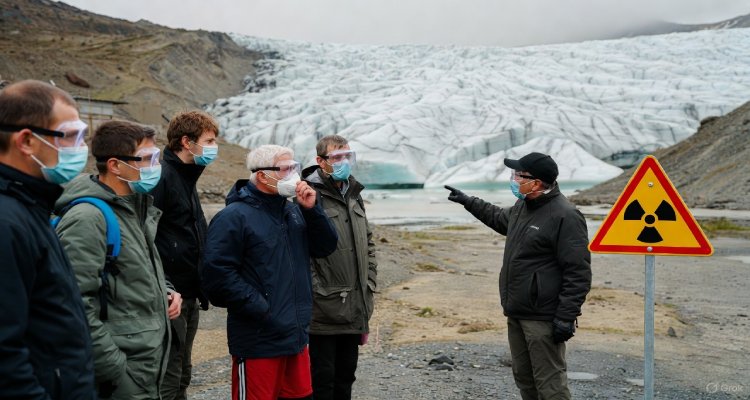The Great Insect Decline: Why We Should Panic About Bugs
The global insect population is plummeting, threatening food chains, pollination, and ecosystems. Here’s why the insect decline should alarm us all.
Introduction: A Silent Emergency
Imagine waking up one morning to find the world quieter—no buzzing bees in the garden, no moths circling porch lights, no crickets marking summer nights. This isn’t science fiction; it’s the reality scientists warn we are drifting toward. The global insect population is crashing, and while many may welcome fewer mosquitoes or flies, the truth is stark: without insects, life as we know it begins to unravel.
Context & Background: The Vanishing Multitude
Insects make up more than half of all known living organisms, with an estimated 5.5 million species worldwide. They are the pollinators of our crops, recyclers of organic waste, and a cornerstone of global food webs. Yet, studies reveal that insect populations are declining at alarming rates—some estimates suggest a drop of 40% over the last few decades.
This crisis, often referred to as the “insect apocalypse,” isn’t a sudden catastrophe but a creeping decline. Once-common species like fireflies, butterflies, and bumblebees are disappearing from landscapes where they once thrived. The reasons range from habitat loss and climate change to pesticide use and pollution.
Main Developments: Why It Matters Now
The most concerning aspect of the insect decline is its cascading effect. Insects pollinate nearly 75% of global food crops, from apples to almonds. Their disappearance threatens food security and agriculture on a massive scale.
Equally troubling, insects serve as prey for birds, amphibians, and fish. Already, bird populations in Europe and North America have dropped significantly, with scientists linking the loss directly to insect scarcity. In simple terms: fewer insects mean fewer birds, fewer fish, and disrupted ecosystems.
Moreover, insects are nature’s recyclers, breaking down dead matter and returning nutrients to the soil. Their decline could slow decomposition, affecting soil fertility and forest health.
Expert Insight & Public Reaction
Dr. Dave Goulson, a leading entomologist at the University of Sussex, has described the trend as “the death of a thousand cuts.” He warns that while each driver—pesticides, urbanization, deforestation—seems manageable on its own, together they form a perfect storm that insects cannot withstand.
Public awareness is slowly catching up. Movements to protect pollinators have gained traction, with campaigns urging people to plant wildflowers, reduce pesticide use, and support organic farming. Yet experts argue these efforts are just a drop in the bucket compared to the scale of intervention required.
Impact & Implications: Who’s at Risk?
The decline of insects is not just an ecological concern—it’s a human one. Farmers face shrinking yields as natural pollination weakens, potentially driving food prices higher. Developing countries, where communities rely on small-scale farming, could be hit hardest.
In urban areas, the disappearance of insects may lead to fewer green spaces thriving, altering local climates and biodiversity. The knock-on effects extend to medicine too, as insects have historically been a source of scientific discovery, from antibiotics to biomimicry-inspired innovations.
If current trends continue, the world could face ecosystem collapse in parts of the globe within the century.
Conclusion: A Call to Action
The great insect decline is not a distant problem—it’s here, unfolding in plain sight. The buzzing and fluttering we take for granted are essential threads in Earth’s web of life. Protecting insects means protecting ourselves, our food, and our future.
Addressing this crisis demands systemic change: reduced pesticide reliance, rewilding projects, climate action, and public participation. The stakes couldn’t be higher. Without insects, the planet doesn’t just get quieter—it gets emptier.
Disclaimer : This article is for informational purposes only. It does not substitute professional environmental or agricultural advice.











